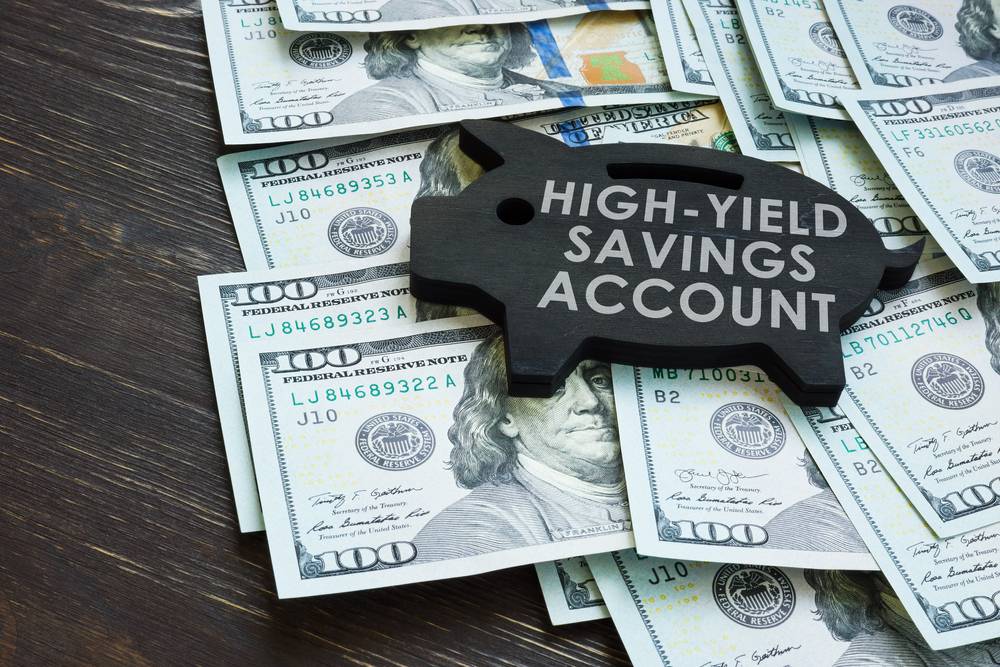High-yield savings accounts have become an attractive financial tool for consumers seeking to maximize the return on their savings. With traditional savings accounts offering interest rates barely above zero, savvy savers are turning to high-yield options to grow their funds more effectively. This surge in interest has been fueled by several factors, including economic conditions, technological advancements, and a better understanding of personal finance among consumers. Understanding high-yield savings accounts, how they function, and the benefits they offer can help you make informed decisions about where to place your hard-earned money.
The Basics of High-Yield Savings Accounts
High-yield savings accounts differ from standard savings accounts primarily through the interest rates they offer. While the average savings account in a traditional bank might offer interest rates hovering between 0.01% and 0.05%, high-yield accounts can provide rates that are ten to twenty times higher. Some accounts offer annual percentage yields (APYs) of 3% or even more, making them a compelling option for those looking to maximize their savings growth.
These accounts are typically offered by online banks or financial institutions that have lower overhead costs compared to traditional brick-and-mortar banks. Because these online banks save on expenses such as rent and staff salaries, they can afford to pass some of these savings on to customers in the form of higher interest rates.
How High-Yield Savings Accounts Work
High-yield savings accounts function similarly to traditional savings accounts. They are designed to hold money that customers do not need immediate access to, yet want to keep separate from regular checking accounts. You can deposit and withdraw money, though there may be restrictions on the number of withdrawals each month. The money earns interest based on a specified annual percentage yield, which is often compounded daily and paid out monthly.
One distinct feature of these accounts is that many are administered online. This means that account management, including deposits and withdrawals, is primarily handled through digital platforms like mobile apps or websites. It’s important to ensure that any high-yield savings account you consider is offered by a reputable institution that provides FDIC insurance, which protects account holders up to $250,000 per depositor in the unlikely event of a bank failure.
Benefits of High-Yield Savings Accounts
The advantages of high-yield savings accounts extend beyond just the attractive interest rates. They offer a suite of benefits that appeal to consumers looking to bolster their financial health.
- Higher Returns: The most obvious benefit is the amplified return on your savings. Higher interest rates mean your money works for you more effectively, allowing you to reach your financial goals sooner.
- Liquidity: Unlike some investment vehicles like certificates of deposit (CDs) or bonds, high-yield savings accounts offer greater liquidity. You can typically access your funds without having to pay penalties, making it easier to cover unexpected expenses or take advantage of time-sensitive financial opportunities.
- Low Risk: Given that most of these accounts are backed by FDIC insurance, there’s a very low risk of losing your principal, unlike investments in the stock market or other vehicles that expose you to market volatility.
- Low Fees: Many high-yield savings accounts have either no fees or waived fees when certain conditions are met, like maintaining a minimum balance. This makes them more cost-effective than some traditional banking products.
- Convenience: With most high-yield savings accounts being online, they offer the convenience of banking anytime from almost anywhere, assuming you have internet access. This can make it easier for consumers to monitor their accounts and manage their finances efficiently.
Choosing the Right High-Yield Savings Account
When it comes to selecting a high-yield savings account, one size does not fit all. Several factors should be considered to ensure you choose the best option that suits your individual needs and financial goals.
- Interest Rates: Although it’s tempting to simply choose the account offering the highest APY, it’s crucial to read the fine print. Some banks may offer introductory rates that drop after a certain period, so understanding the account’s true long-term benefits is essential.
- Accessibility: Evaluate how you prefer to access your funds. Some accounts may offer ATM access, while others are strictly digital. Consider whether you need a debit card for withdrawals and whether the institution offers a user-friendly online platform.
- Fees: Look for accounts with little to no fees. Be wary of hidden charges such as maintenance fees or penalties for exceeding withdrawal limits.
- Minimum Balance Requirements: Some high-yield savings accounts require a minimum balance to obtain the advertised APY. Be sure to choose an account that matches your financial situation.
- Customer Service: Good customer support can make managing your account less challenging. Consider the quality of service offered by the institution, especially if it’s an online-only bank.
Current Trends and Considerations
Economic trends and changes in consumer behavior can impact the interest rates and availability of high-yield savings accounts. In periods of economic expansion, interest rates may rise, allowing banks to offer more competitive APYs. However, during economic downturns, the opposite can occur, with institutions reducing rates to manage risk.
Consumers should also be aware of inflation and its impact on savings. While high-yield savings accounts offer better returns than traditional savings accounts, their rates may still fall short of inflation rates, effectively reducing the purchasing power of your money.
As technology continues to advance, fintech companies and neobanks are entering the market, offering innovative ways of managing and growing savings. These companies often provide tech-savvy options that integrate with various aspects of personal finance, from budgeting tools to investment trackers, adding value beyond mere interest earnings.
The Future of High-Yield Savings Accounts
The landscape of high-yield savings accounts is expected to continue improving. As consumers become more financially literate and demand more from their banking products, financial institutions will likely increase the competitiveness of their offerings. The trend towards personalized banking is gaining momentum, with institutions tailoring their services to meet the specific needs of different demographic segments.
Environmental, social, and governance (ESG) factors are also playing a more significant role in banking choices. Consumers may start looking for savings accounts from institutions that align with their values, further influencing the types of products and services that banks provide.
While the future remains uncertain, one thing is clear: high-yield savings accounts will continue to serve as an essential tool for individuals eager to optimize their savings strategy. By offering higher returns while maintaining the security and liquidity essential to traditional savings, they are likely to attract a growing number of consumers looking to navigate their financial futures with confidence.
As you evaluate whether a high-yield savings account is right for you, consider your financial objectives, risk tolerance, and the importance of convenience in your banking experience. With careful consideration and planning, these accounts can be a valuable addition to your financial portfolio, helping you make the most of your savings journey.



